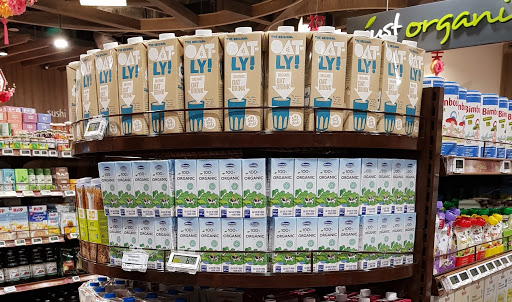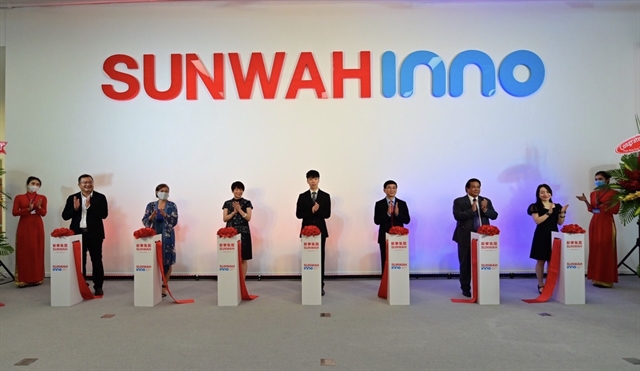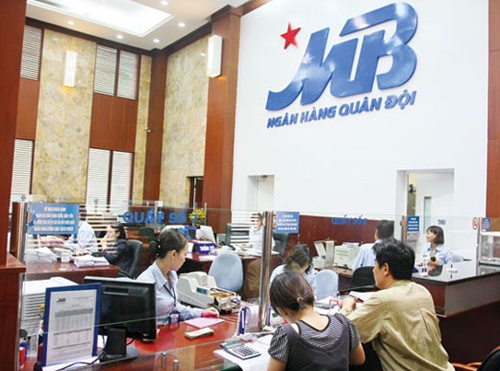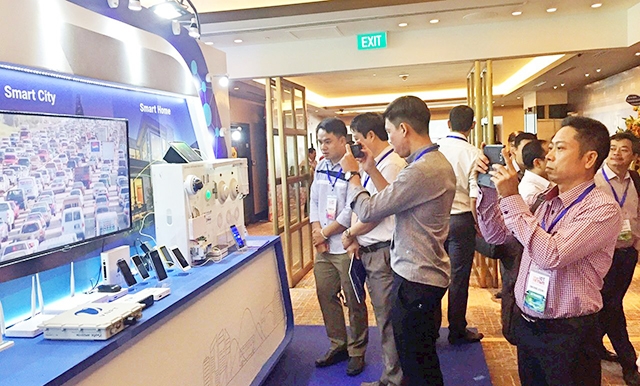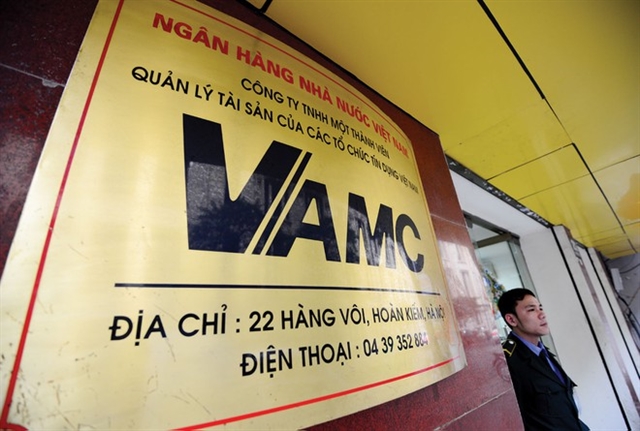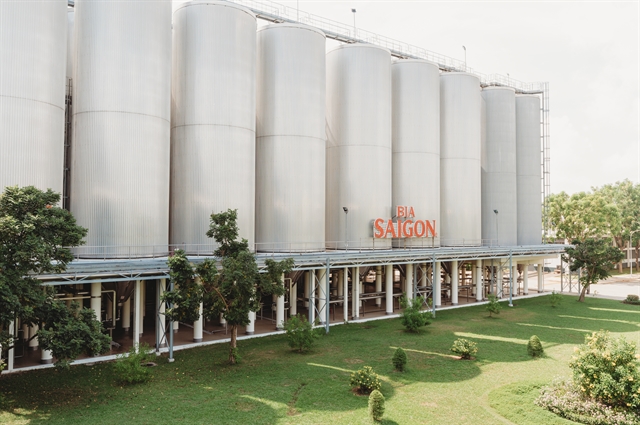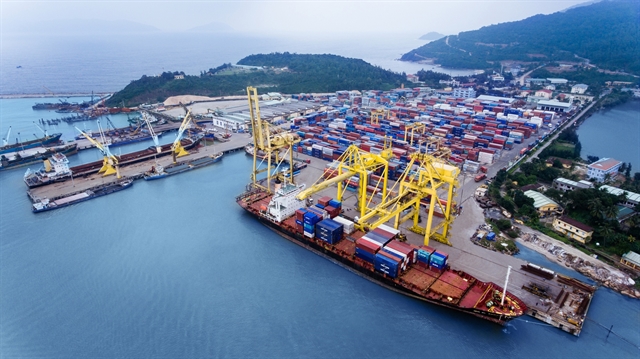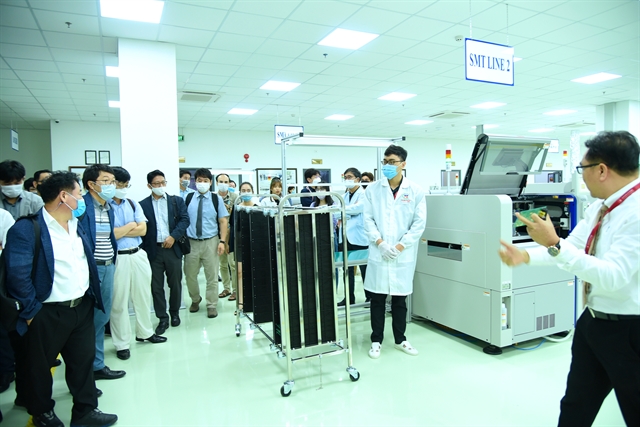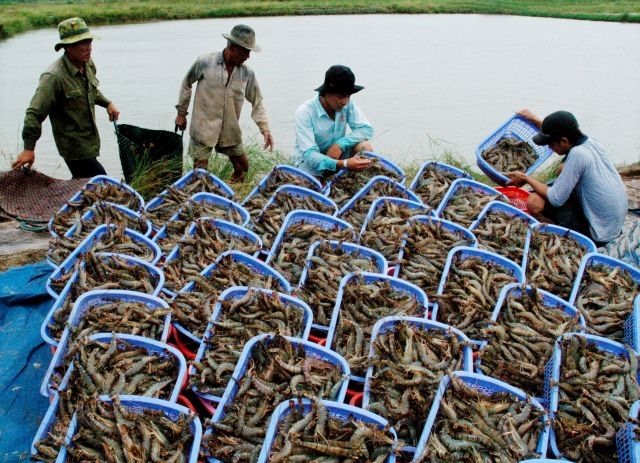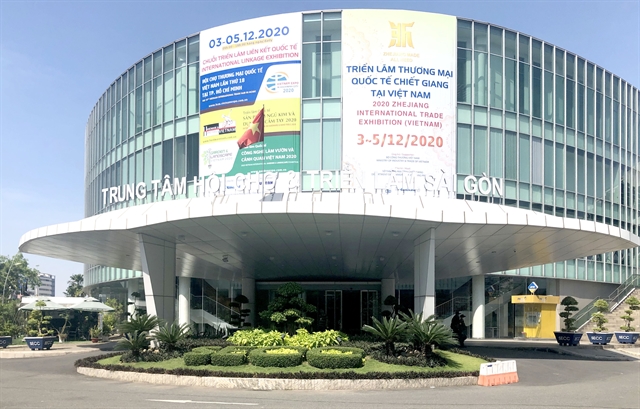HÀ NỘI — The price of Viet Nam's export rice has been increasing since mid-July, surpassing the prices of other rice exporters thanks to improved quality.
According to a representative of the Import and Export Department from the Ministry of Industry and Trade (MoIT), Vietnamese export rice currently sells for about US$495 per tonne, adding: “It is a pretty good price that positively affects Việt Nam's rice exports.”
“Not only the 5 per cent broken rice but many other exported rice varieties of Việt Nam such as DT8 and 5451 have sold with good prices despite the fluctuations in the market, which helps to contribute to improving the rice export value of Vietnam," the representative said.
He said the price increase had come about due to improved quality and technology in rice farming.
“Việt Nam's rice export structure has been gradually shifting to high value-added rice such as fragrant rice, which accounts for 27.15 per cent of total exports, japonica rice accounts for 3.39 per cent and sticky rice accounts for 9.26 per cent," he added
In the first 10 months of 2020, Vietnamese rice prices for export averaged $493 per tonne, up 12.7 per cent over the same time last year.
“The baht of Thai and the rupee of India are on a downward trend against the US dollar, helping to reduce the price of rice exports from Thailand and India, while the Vietnamese dong is relatively stable," the MoIT’s representative said.
At the same time, there is still import demand from countries affected by floods and natural disasters at this time of year, so the price of export rice is expected to remain stable until the end of the year.
As for the quality of the rice, the MoIT’s representative said the Vietnam-EU Free Trade Agreement (EVFTA) which came into force and the recently signed Regional Comprehensive Economic Partnership (RCEP) would encourage Vietnamese businesses to reorganise their manufacturing, processing, and improving product quality to meet the strict regulations of difficult markets.
“To take advantage of tariff preferences, local rice producers will improve competitiveness to boost exports to the EU and RCEP market areas," he said.
The representative said to meet higher demand from markets such as the EU, South Korea, and the United States, Vietnamese rice exporters have been increasingly focusing on improving quality and traceability, adding: “It's one of the factors that has helped to improve the competitiveness of Vietnamese rice grains.”
According to data from the ministry, trade promotion, linking rice consumption among farmers, agricultural restructuring and building and developing rice brands have resulted in a better export market response.
Also to improve the quality of rice, many firms have built and developed raw material areas and applied food safety and quality management models in their production.
The representative of MoIT said: “In the long term, other agricultural products must follow the direction of getting market signals to guide the planning and re-organisation of production,” adding: “They need to strengthen the value chain from production to consumption.”
According to the MoIT’s strategy, from 2021 to 2030, the annual export volume of Vietnamese rice is hoped to be about 4 million tonnes and worth between $2.3 billion and $2.5 billion.
The strategy aims to increase exports of rice directly to markets and directly to the rice distribution systems of other countries. — VNS
In box
At the World Rice Trade Conference 2020 organised by Rice Trader (TRT) in earlier December, Vietnamese rice ST25 was named the second-best rice in the world. Last year, it was given the first prize in Manila, the Philippines.
At the same time, Trương Thanh Phong, former President of Vietnam Food Association (VFA), former General Director Southern Food Corporation (Vinafood 2) won the TRT World Rice Community - Lifetime Achievement Award.
The TRT World Rice Conference is the largest annual gathering of commercial and professional rice industry participants in the world. — VNS
